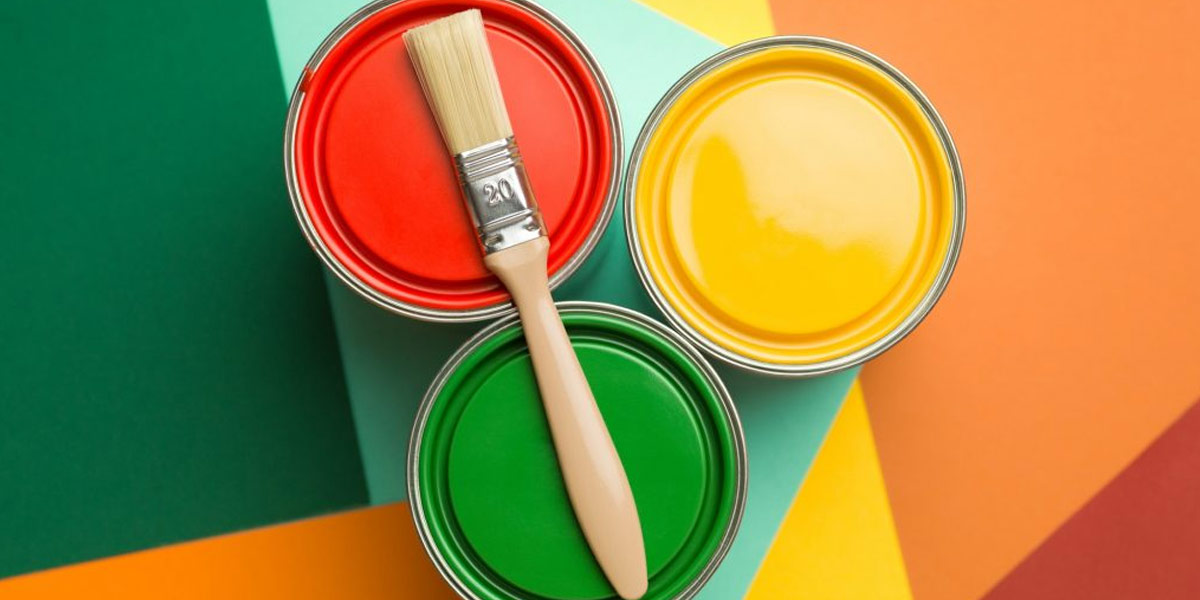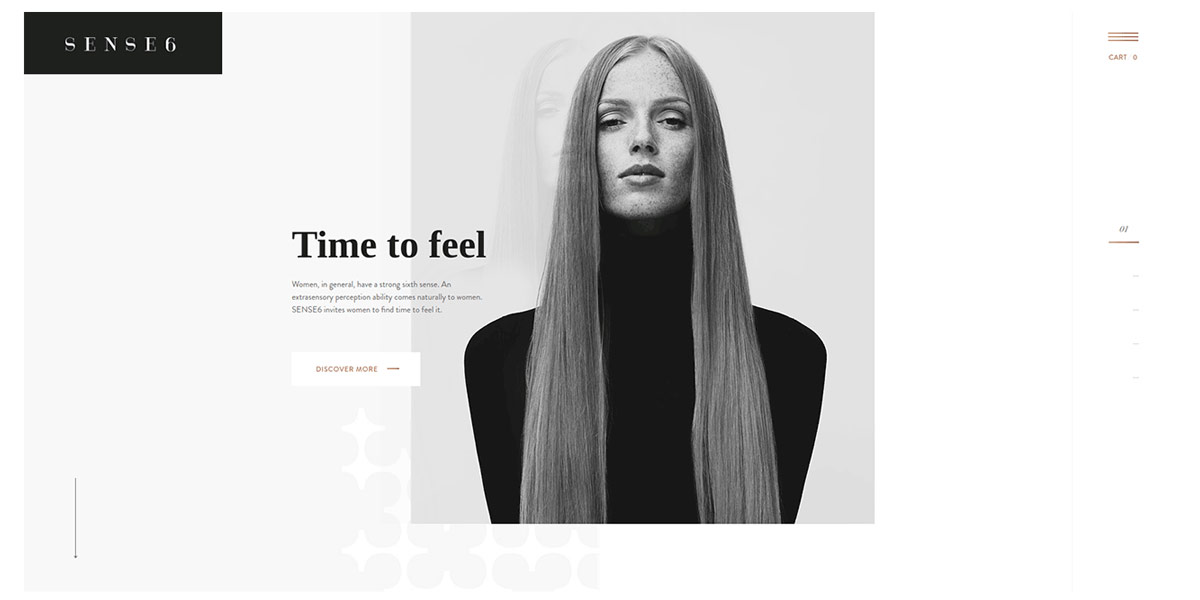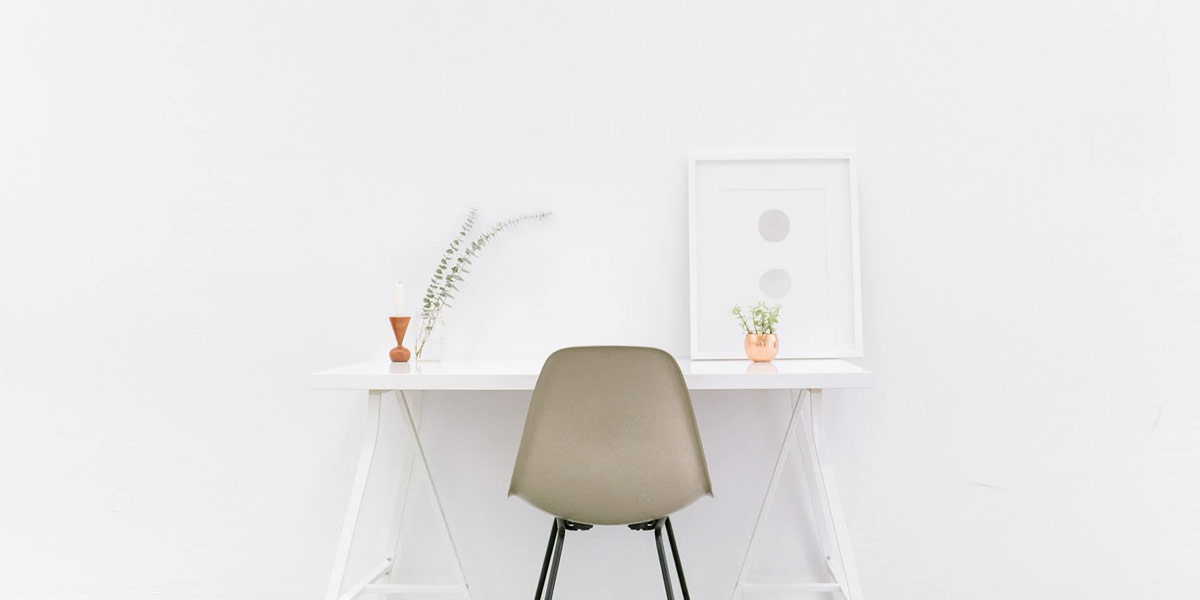
A well-designed website plays a crucial role in the success of any business. When it comes to web design, minimalism has gained immense popularity for its clean and elegant approach. In this article, we will explore the characteristics, benefits, and challenges of minimalist website design. Whether you’re a business owner or a web designer, this guide will provide you with valuable insights on how to create a minimalist website that captivates your audience and delivers an exceptional user experience.
How to Design a Minimalist Website
In the vast landscape of the internet, minimalist website design stands out with its simplicity and focus on essential elements. It embraces the philosophy of “less is more” and eliminates unnecessary clutter, providing users with a seamless browsing experience. In today’s highly competitive online world, having a well-designed website is not just an option but a necessity for businesses to thrive.

How to Design a Minimalist Website
Defining Characteristics of Minimalist Website Design
Through a comprehensive analysis of numerous minimalist websites, we have identified key characteristics that define this design approach. These characteristics include simplicity, clarity, and an unwavering focus on the user experience. Minimalist websites employ a limited colour palette and utilize typography and text as powerful design elements, allowing the content to take centre stage.
Benefits of Minimalist Website Design
Faster Loading Time
One of the significant advantages of minimalist website design is its ability to load quickly. By minimizing the number of design elements and reducing complex features, the website’s loading speed improves, resulting in a better user experience and reduced bounce rates.
Better User Experience
Minimalist websites prioritize user experience by presenting information in a clear and organized manner. With simplified navigation, intuitive interfaces, and strategic placement of elements, users can easily find what they are looking for, leading to increased engagement and satisfaction.
Increased Focus on Content
By stripping away unnecessary distractions, minimalist design directs the user’s attention to the content. This allows businesses to convey their message more effectively, enhancing communication and delivering a powerful impact on the audience.
Improved Website Performance and SEO
Minimalist websites often have cleaner code and fewer elements, resulting in improved performance and better search engine optimization (SEO). Search engines favour websites that load quickly, have a clear structure, and provide valuable content, making minimalist design an ideal choice for businesses aiming to improve their online visibility.
Enhanced User Trust and Credibility
A minimalist website exudes a sense of professionalism and sophistication, instilling trust in visitors. By eliminating unnecessary clutter and showcasing a refined design, businesses can establish credibility and inspire confidence in their brand.

Benefits of Minimalist Website Design
How to Create a Minimalist Website Design
Now that we understand the defining characteristics and benefits of minimalist website design, let’s explore how you can create a compelling minimalist website. Follow these steps to achieve an elegant and user-friendly design:
Understanding Essential Features of Minimalist Website Design
To create a minimalist website, it’s crucial to grasp the core features that define this design approach. These features include ample white space, a limited colour palette, strong typography, intuitive navigation, and strategic use of images. By understanding these elements, you can make informed design decisions and create a cohesive user experience.
Tips for Mastering Minimalist Website Design
- Simplicity is key: Focus on the essentials and eliminate unnecessary elements.
- Strategic use of white space: Give your design room to breathe and create a sense of elegance.
- Choose a limited colour palette: Opt for a few carefully selected colours that complement your brand.
- Typography matters: Select fonts that align with your brand identity and enhance readability.
- Intuitive navigation: Make it easy for users to navigate your website and find the information they need.
- Quality over quantity: Curate your content to provide value and avoid overwhelming your audience.
Best Practices for Minimalist Website Design
- Mobile responsiveness: Ensure your website is fully optimized for mobile devices.
- Optimize loading speed: Compress images, minify code, and use caching techniques to improve performance.
- Test and iterate: Continuously analyze user behaviour and make improvements based on feedback.
- Consistency in design: Maintain a consistent visual style throughout your website to create a unified experience.
- Accessibility: Make your website accessible to all users by following web accessibility guidelines.
- A/B testing: Experiment with different design elements to optimize conversions and user engagement.

How to Create a Minimalist Website Design
Challenges of Minimalist Website Design
While minimalist website design offers numerous benefits, it also comes with its own set of challenges. It’s essential to be aware of these challenges and find ways to overcome them effectively. Here are some common challenges faced in minimalist website design:
Balancing Simplicity and Functionality
Achieving simplicity while ensuring the website remains functional can be a delicate balance. It’s crucial to prioritize usability and ensure that essential features are not compromised in the pursuit of minimalism.
Avoiding Primitive Design
Minimalist design should not be mistaken for primitive or amateurish design. It requires careful attention to detail, typography, and colour selection to create a sophisticated and polished look.
Adapting to Rapidly Evolving Industries
As industries and design trends evolve, it’s essential to stay updated and adapt your minimalist design accordingly. Embrace new technologies and design practices to ensure your website remains fresh and relevant.
Overcoming the Limitations of Minimalist Design
While minimalism can be visually appealing, it may not be suitable for every type of website or business. It’s important to evaluate the specific needs of your business and determine if a minimalist design aligns with your goals and target audience.

Challenges of Minimalist Website Design
Pros and Cons of Minimalist Website Design
Before embarking on a minimalist website design journey, it’s essential to consider the advantages and limitations of this approach. Here is a discussion of the pros and cons to help you make an informed decision:
Pros of Minimalist Website Design
- Clean and elegant aesthetics that make a strong visual impact
- Faster loading times, leading to improved user experience
- Enhanced focus on content, conveying messages more effectively
- Improved website performance and search engine optimization (SEO)
- Establishes trust and credibility, showcasing professionalism
- Adaptable and versatile design approach suitable for various industries
Cons of Minimalist Website Design
- Requires careful attention to detail to maintain a refined look
- Not suitable for every type of website or business
- Balancing simplicity and functionality can be challenging
- Limited design elements may restrict creativity and personalization

Pros and Cons of Minimalist Website Design
Conclusion
Minimalist website design offers numerous benefits, from improved loading times and user experience to increased focus on content and enhanced credibility. By embracing simplicity and elegance, businesses can create visually captivating websites that leave a lasting impression on their audience. However, it’s essential to navigate the challenges and consider the limitations of minimalist design to ensure it aligns with your specific goals and target audience.
Are you ready to design a minimalist website that combines aesthetics with functionality? Embrace the power of minimalist design principles and create a digital presence that captivates your audience and drives business success.
FAQs
What is minimalist website design?
Minimalist website design is an approach to web development that focuses on simplicity and clean aesthetics. It involves stripping away unnecessary elements and creating a clutter-free interface that allows the content to take centre stage.
What are the benefits of minimalist website design?
Minimalist website design offers several benefits, including simplicity and clarity, faster loading times, better user experience, increased focus on content, and a modern and elegant aesthetic.
How does minimalist website design improve user experience?
Minimalist website design improves user experience by reducing distractions, providing clear navigation, and emphasizing content. It creates a visually appealing and intuitive interface that allows users to find information easily and engage with the website seamlessly.
What are the essential features of minimalist website design?
Essential features of minimalist website design include a user-friendly interface, hidden navigation, limited colour palette, ample white space, experimentation with fonts, and organized content structure.
What are the best practices for minimalist website design?
The best practices for minimalist website design include planning and outlining the website structure, prioritizing content over design, avoiding common mistakes, and finding a balance between simplicity and functionality.
How can I make my website minimalist?
To make your website minimalist, focus on decluttering the design, using a limited colour palette, incorporating ample white space, simplifying navigation, and emphasizing content. Prioritize simplicity, readability, and intuitive user experience.
What are some examples of minimalist website design?
Some examples of minimalist website design include websites with clean layouts, simple typography, minimalist colour schemes, and a focus on content. These designs often prioritize ease of use and visual clarity.
What are the common mistakes to avoid in minimalist website design?
Common mistakes to avoid in minimalist website design include overcrowding the design, using excessive or conflicting colours, neglecting usability for the sake of minimalism, and sacrificing essential features for the sake of simplicity.
How does minimalist website design affect website loading speed?
Minimalist website design typically improves website loading speed due to the reduced number of elements and lighter graphics. By minimizing unnecessary components, the website can load faster, providing a better user experience.
How does minimalist website design impact SEO?
Minimalist website design can positively impact SEO by improving user experience, reducing bounce rates, and increasing engagement. Search engines value user-friendly and well-structured websites, and minimalist design often aligns with those criteria.

With over two decades of web design and development expertise, I craft bespoke WordPress solutions at FallingBrick, delivering visually striking, high-performing websites optimised for user experience and SEO.




